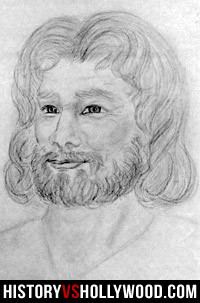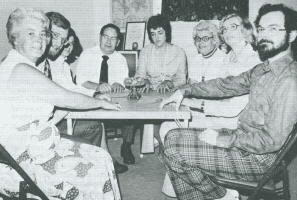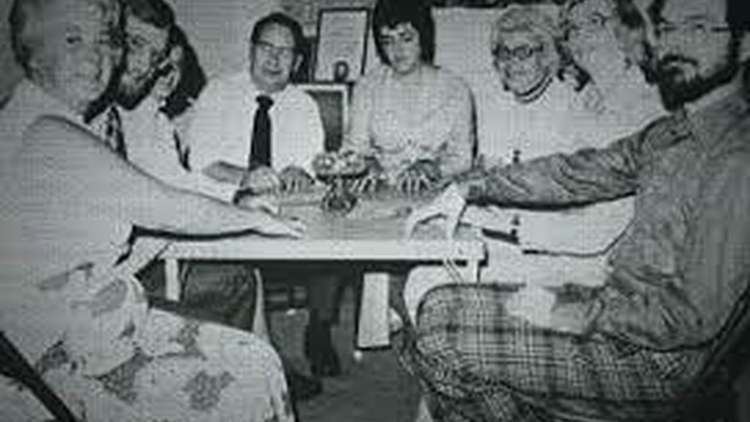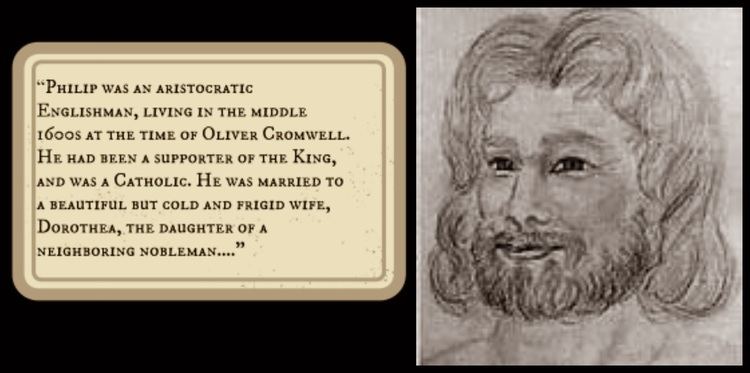End date 1972 | Location Toronto, Canada | |
 | ||
The philip experiment
The Philip experiment was a 1972 parapsychology experiment conducted in Toronto, Ontario to determine whether subjects can communicate with fictionalized ghosts through expectations of human will.
Contents
- The philip experiment
- Pararnormal review radio the philip experiment can we create a ghost
- Experiment
- Criticism
- In popular culture
- References

Pararnormal review radio the philip experiment can we create a ghost
Experiment

The experiment was conducted by the mathematician A. R. G. Owen and overseen by psychologist Dr. Joel Whitton. The test group consisted of A. R. G.'s wife Iris Owen, former chairperson of MENSA in Canada Margaret Sparrows, industrial designer Andy H., his wife Lorne, heating engineer Al Peacock, accountant Bernice M, bookkeeper Dorothy O’Donnel, and sociology student Sidney K.

Their goals were to create a fictional character through a purposeful methodology and then "attempt" to communicate with it through séance. The character created and agreed upon was named "Philip Aylesford", referred to as Philip during the test. His fictional history partially coincided with actual events and places, but with multiple contradictions and errors. He was born in 1624 in England, had an early military career and was knighted by the age of sixteen. He was involved in the English Civil War and became personal friends with Charles II, working for him as a spy. Philip was unhappily married to a woman named Dorothea and later fell in love with a Gypsy girl who was accused of witchcraft and burned at the stake. In despair, Philip committed suicide in 1654 at the age of thirty.

The group was seated around a table with initial séances yielding no contact, no communication, and no phenomenon. Owen changed test conditions by dimming lights and changing the environment to mimic that of a more “traditional” séance. Participants began feeling a presence, table vibrations, breezes, unexplained echoes, and rapping sounds which matched responses to questions about Philip's life. At one point the table tilted on a single leg. Despite these claims neither apparition nor unexplained phenomena were documented.
Criticism

The experiment has been criticized for lacking solid controls and providing ambiguous results due to the unreliability of séances. Repeated tests, which created fictional characters named "Lilith" and "Humphrey", yielded similar results under similar circumstances and were deemed inconclusive. Oversighting psychologist, Joel Whitton concluded that the effects were produced by participants as a subconscious defense mechanism causing their behavior to regress to a childlike mentality.
In popular culture
The experiment loosely inspired The Apparition released in 2012 and The Quiet Ones released in 2014.
